In the world of homeschooling, bringing science to life through hands-on experiences is not just beneficial; it’s essential. DIY natural science projects offer an immersive way for children to understand and appreciate the wonders of science. This blog post delves into the rich possibilities that DIY science projects present, making learning fun and impactful for young homeschoolers.

The Role of Hands-on Science Projects in Education
Hands-on learning in science helps demystify complex concepts, making them tangible and relatable. Through DIY projects, children can witness scientific principles in action, enhancing their understanding, retention, and ability to apply what they’ve learned. It’s about turning abstract ideas into real-world experiences.
In cases where additional support is needed, services like pay for assignment help can be invaluable. They can provide expert guidance on complex scientific concepts, ensuring students engage in hands-on learning and have a solid theoretical foundation to back their practical experiences.
Preparing for DIY Science Projects
Safety is paramount in any scientific experiment. Here are some essential safety guidelines:
- Wear Protective Gear: Depending on the project, this may include gloves, goggles, or aprons.
- Read Instructions Thoroughly: Before starting any experiment, understand the steps and potential hazards.
- Chemical Safety: If chemicals are involved, ensure they are handled and stored safely. Use non-toxic household chemicals wherever possible.
- Supervision: Younger children should always be supervised during experiments.
- Emergency Preparedness: Have a first aid kit accessible and know basic first aid procedures.
Learning Resources Beaker Creatures Lab Gear – 2 Pieces, Ages 5+ Lab Coat & Glasses for Born Toys Science Kits for Kids w/Kids Lab Coat for Ages 5-8, Includes Science Experiments for
Born Toys Science Kits for Kids w/Kids Lab Coat for Ages 5-8, Includes Science Experiments for UNGLINGA Kids Science Experiment Kit with Lab Coat Scientist Costume Dress Up and Role Play Toys
UNGLINGA Kids Science Experiment Kit with Lab Coat Scientist Costume Dress Up and Role Play Toys
Gathering Materials: Tips on Sourcing Eco-Friendly and Sustainable Materials
- Reuse and Recycle: Before purchasing new materials, see what can be repurposed from around the house.
- Natural Materials: Opt for raw materials, like leaves, rocks, or soil, for relevant experiments.
- Eco-Friendly Suppliers: For new purchases, choose suppliers committed to sustainability.
- Local Sourcing: Buy locally to reduce carbon footprint and support the community.
Setting Up a Home Science Lab: Ideas for Creating a Conducive Learning Environment
- Designate a Space: A specific area for science projects helps in organization and safety. It doesn’t have to be big; a corner of a room or a portable box can work.
- Organize Supplies: Keep materials neatly organized and labeled for easy access.
- Inspiring Atmosphere: Decorate the space with science-related posters or project achievements to inspire creativity.
- Proper Lighting: Ensure the area is well-lit, preferably with natural light.
- Accessibility: Make sure the space is accessible and comfortable for all involved.
DIY Natural Science Project Ideas
Plant Biology Projects
- Building a Simple Greenhouse:
- Objective: Understand how greenhouses create ideal growing conditions for plants.
- Materials: Clear plastic bottles, soil, seeds, and water.
- Process: Cut the bottom of plastic bottles, plant seeds in the soil, and cover them with the top part of the bottles to create a mini-greenhouse effect.
- Seed Germination Experiments:
- Objective: Observe how seeds germinate and the conditions they require.
- Materials: Various seeds, cotton balls, water, and zip-lock bags.
- Process: Place damp cotton balls and seeds in zip-lock bags and observe daily changes. Experiment with different conditions like light, temperature, and water.

Environmental Science Projects
- Homemade Water Filtration System:
- Objective: Learn how filtration works in cleaning water.
- Materials: Plastic bottles, sand, gravel, activated charcoal, cotton balls.
- Process: Create layers of these materials in a cut bottle and pour dirty water to observe filtration.
- Air Quality Monitoring with Lichens:
- Objective: Use lichens as bio-indicators to assess air quality.
- Materials: Magnifying glass, local area map, lichen guide.
- Process: Identify and map lichen in your area and use a guide to infer air quality based on lichen types.
Physics and Chemistry Projects
- Solar Oven Construction:
- Objective: Understand how solar energy can be harnessed for cooking.
- Materials: Cardboard box, aluminum foil, plastic wrap, black construction paper.
- Process: Convert the box into an oven using foil to reflect sunlight and black paper to absorb heat, cooking simple items like marshmallows or chocolate.
- Natural Dyes Chemistry:
- Objective: Explore the chemistry of natural dyes and pH indicators.
- Materials: Red cabbage, vinegar, baking soda, water, cloth or paper.
- Process: Create a dye with boiled red cabbage and test its color changes with various substances (acidic vinegar, basic baking soda).
Each project provides a hands-on learning experience and nurtures curiosity and a deeper appreciation for the natural world. By undertaking these experiments, homeschoolers can develop a practical understanding of scientific principles while having fun.
Integrating Projects with Homeschool Curriculum
Integrating DIY science projects into a homeschool curriculum enhances the learning experience and helps children connect theory with practice. Here’s how to do it effectively:
- Curriculum Mapping: Identify areas of your existing curriculum where a project can reinforce or expand on a concept. For example, a plant biology project can complement a unit on ecosystems or botany.
- Project-Based Learning: Designate specific periods for project-based learning, where children focus on completing a project and delve deeply into the related science concepts.
- Cross-Disciplinary Approach: Use science projects to bridge other subjects. For instance, a project on solar ovens can include lessons in physics (energy conversion), math (measuring angles), and even history (learning about ancient cooking methods).
- Adapting to Learning Styles: Choose projects that align with your child’s learning style. Visual learners enjoy projects with significant observational components, while kinesthetic learners prefer more hands-on activities.
Smithsonian 10-Minute Science Experiments: 50+ quick, easy and awesome projects for kids (Steve Spangler Science Experiments Science Kits for Kids Age 5-7-8-10-12-14,Mega Science Kit with 120+ Easy Experiments,STEM Project Educational Toys for
Science Kits for Kids Age 5-7-8-10-12-14,Mega Science Kit with 120+ Easy Experiments,STEM Project Educational Toys for Science Experiments For Kids: 40 + Cool Kids Science Experiments (A Fun & Safe Kids Science
Science Experiments For Kids: 40 + Cool Kids Science Experiments (A Fun & Safe Kids Science
Documenting and Sharing Science Discoveries
Encouraging children to keep a science journal fosters a scientific mindset and improves writing and observation skills.
- Recording Observations: Use the journal to document hypotheses, experimental setups, observations, and conclusions.
- Reflective Learning: Encourage children to write about what they learned and questions they might have after completing a project.
- Artistic Expression: Journals can also include drawings, photos, or diagrams of the experiments.
Sharing Findings
Sharing findings with others can be both motivating and educational.
- Homeschooling Communities and Online Forums: Presenting findings to local homeschool groups or on online platforms like homeschooling forums or social media can encourage feedback and broader learning.
- Science Fairs and Competitions: Participating in science fairs allows children to showcase their work and learn from their peers.
- Family Presentations: Organize a family science day where children can present their projects, fostering a family learning environment.

Additional Resources and Further Learning
Expanding knowledge and finding more project ideas is easy with the wealth of resources available:
- Websites Science Buddies, the National Science Teaching Association, and Khan Academy offer many information and project ideas.
- Books: Titles like “The Curious Kid’s Science Book” by Asia Citro and “Outdoor Science Lab for Kids” by Liz Lee Heinecke provide great project ideas.
- Online Courses: Platforms like Coursera, EdX, and Outschool offer science courses for various age groups, often designed with hands-on activities in mind.
- Citizen Science Projects: Participating in projects like those on SciStarter or Zooniverse allows children to contribute to fundamental scientific research.
- Online Science Communities: Joining communities like the Young Scientists Club or National Geographic Kids provides a platform for children to interact with peers interested in science.
Conclusion
DIY natural science projects are a cornerstone of practical homeschooling, providing a hands-on, engaging way to explore the world of science. They foster curiosity, critical thinking, and a deep appreciation for the natural world.
By integrating these projects into your homeschool curriculum, you’re not just teaching science but inspiring future scientists, environmentalists, and innovators. Let the experiments begin!
You might also like:
-
Sale!
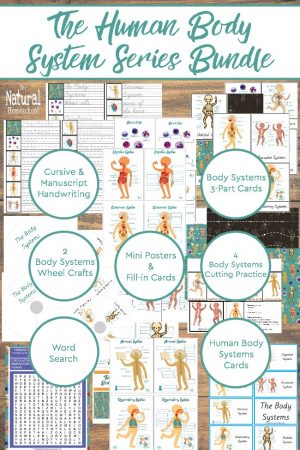
The Human Body System Series Bundle
$10.00$7.99 Add to cart -
Sale!
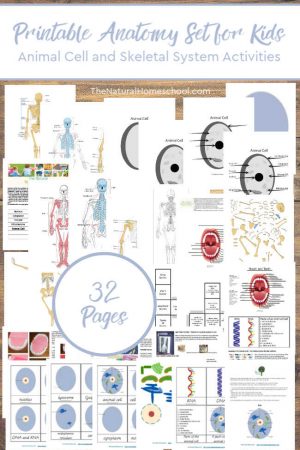
Printable Anatomy Set for Kids ~ Animal Cell and Skeletal System Activities
$10.00$7.99 Add to cart -
Sale!
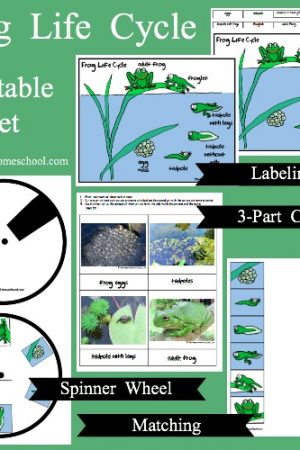
Frog Life Cycle Activities by Levels
$3.00$1.00 Add to cart -
Sale!
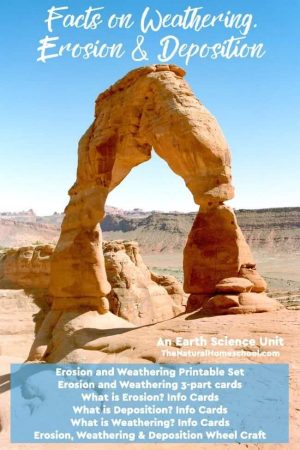
Facts on Weathering, Erosion & Deposition BUNDLE
$7.50$4.99 Add to cart -
Sale!
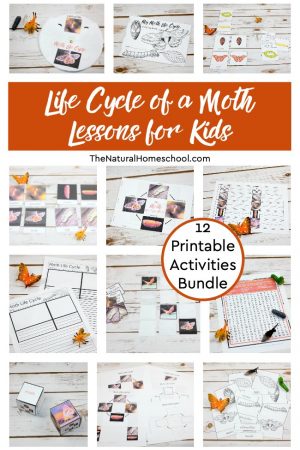
Moth Life Cycle for Kids ~ 12 Printable Activities Bundle
$15.00$9.99 Add to cart -
Sale!
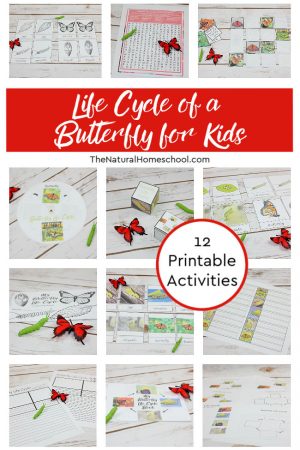
Life Cycle of a Butterfly for Kids ~ 12 Printable Activities Bundle
$15.00$9.99 Add to cart -
Sale!
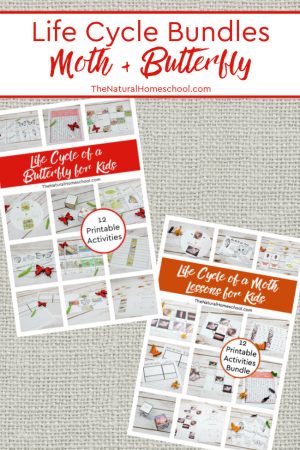
Life Cycle of a Butterfly and Moth for Kids ~ 24 Printable Activities Bundles
$30.00$14.99 Add to cart -
Sale!
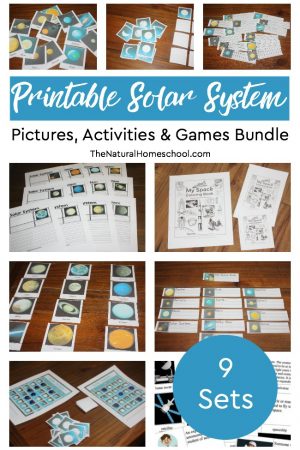
Printable Solar System Pictures, Activities & Games Bundle {9 Sets + Bonus}
$10.00$7.99 Add to cart -
Sale!
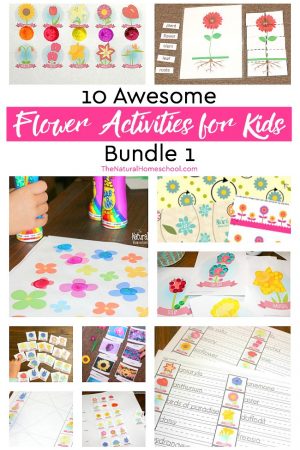
Awesome Printable Flower Activities for Kids BUNDLE 1
$10.00$5.99 Add to cart -
Sale!
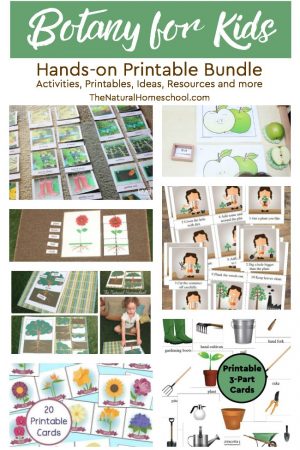
Botany for Kids Printable Bundle {Activities, Printables, Ideas, Resources and more}
$10.00$7.99 Add to cart -
Sale!
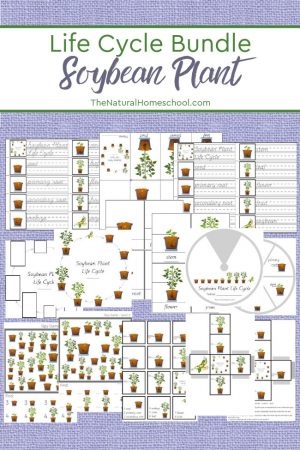
Soybean Plant Life Cycle for Kids ~ Printable Bundle
$5.99$2.99 Add to cart -
Sale!
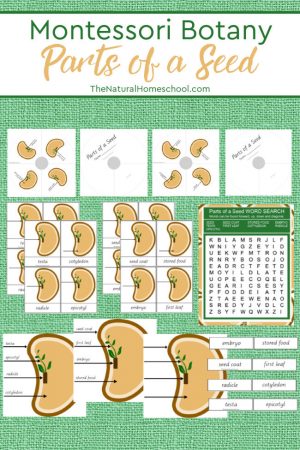
Montessori Parts of a Seed Printable Bundle
$5.99$2.99 Add to cart
- Erosion vs Weathering ~ Awesome Science STEM Activities
- Montessori Science Life Cycles [Live Training]
- 50+ Science Experiment Kits for Kids
- Easy Science Experiments for Kids ~ The Difference between Sound Waves and Light Waves
- Simple Machine Science Projects: Pulleys
- Quick and Easy Science Experiments – Amazing Fingerprints
- Simple Machine Science Projects: Screws {Printable 3-Part Cards}
Japace 4-in-1 Science Kits for Kids Age 6-14 | 105 Experiments | STEM Educational Toys for Science Kit for Kids – 21 Experiments Science Set, Great Gifts for Kids Ages 4-8
Science Kit for Kids – 21 Experiments Science Set, Great Gifts for Kids Ages 4-8 UNGLINGA 150 Experiments Science Kits for Kids Age 6-8-10-12-14, STEM Project Educational Toys for 6 7
UNGLINGA 150 Experiments Science Kits for Kids Age 6-8-10-12-14, STEM Project Educational Toys for 6 7
Latest Posts
- Discovering the Magnificence of the Montessori Environment
 Aesthetics in Montessori environment serve several purposes beyond just aesthetics. They play a key role in establishing an atmosphere that satisfies the senses, aids in the development of order in young brains, and organically fosters a love of beauty.
Aesthetics in Montessori environment serve several purposes beyond just aesthetics. They play a key role in establishing an atmosphere that satisfies the senses, aids in the development of order in young brains, and organically fosters a love of beauty. - Levelling Up Your Career
 Levelling up your career is a lot easier if you pay attention and follow these four easy steps.
Levelling up your career is a lot easier if you pay attention and follow these four easy steps. - Craft Activities for Kids ~ Paper Weaving Projects
 In this post, we are looking at some really fun paper weaving projects that your kids will find a lot of fun!
In this post, we are looking at some really fun paper weaving projects that your kids will find a lot of fun! - Inspired by Montessori Curriculum for Toddlers PDF (225 pages)
 Let’s be completely honest for a minute, guys, in regards to the best Montessori curriculum for toddlers PDF. I think we can all agree that homeschooling a toddler or having a toddler at home while we homeschool our older kids can be as easy or as daunting as you want…
Let’s be completely honest for a minute, guys, in regards to the best Montessori curriculum for toddlers PDF. I think we can all agree that homeschooling a toddler or having a toddler at home while we homeschool our older kids can be as easy or as daunting as you want… - Online Learning Takes a Stand Against Traditional Educational Methods
 Online Learning Takes a Stand Against Traditional Educational Methods
Online Learning Takes a Stand Against Traditional Educational Methods















Leave a Reply